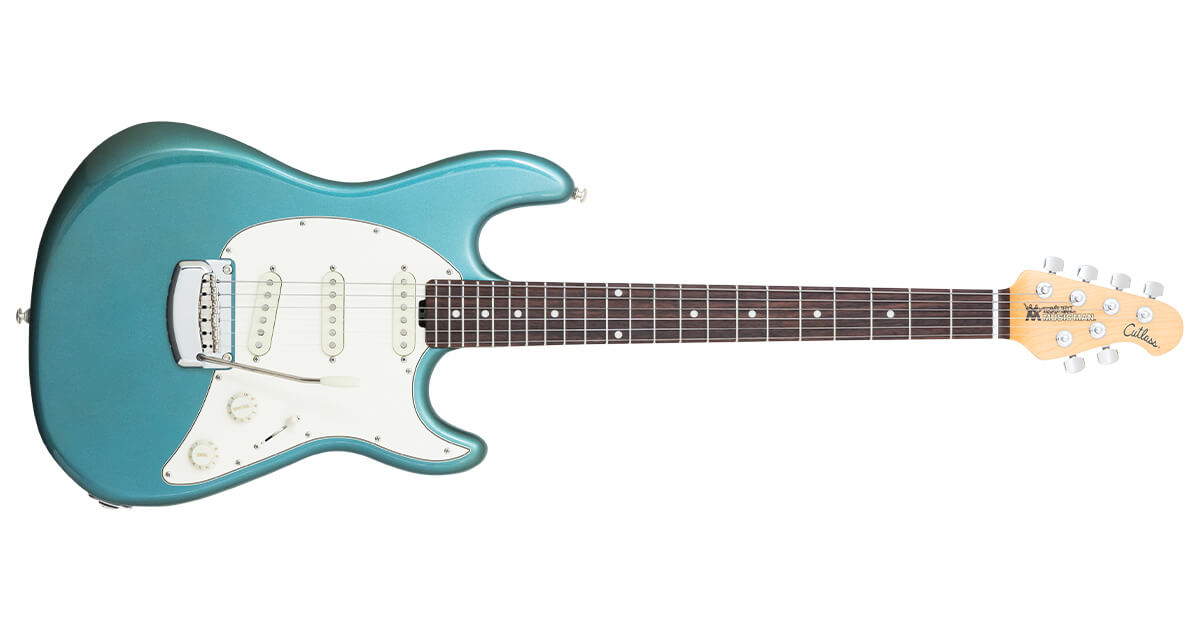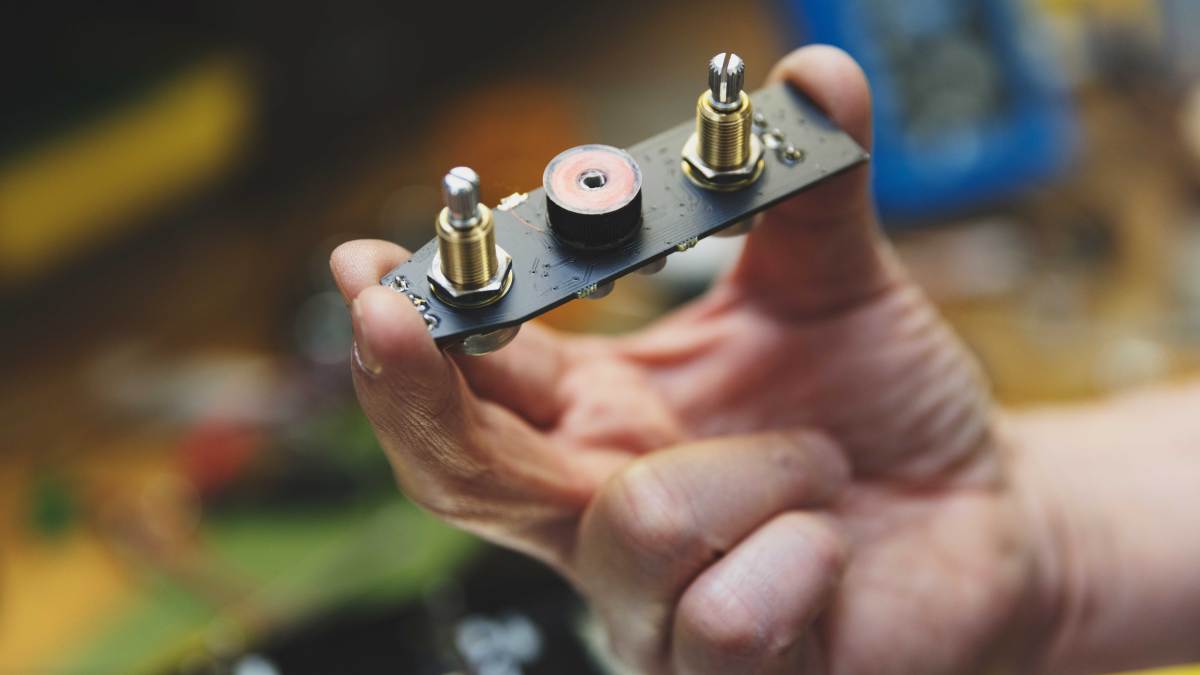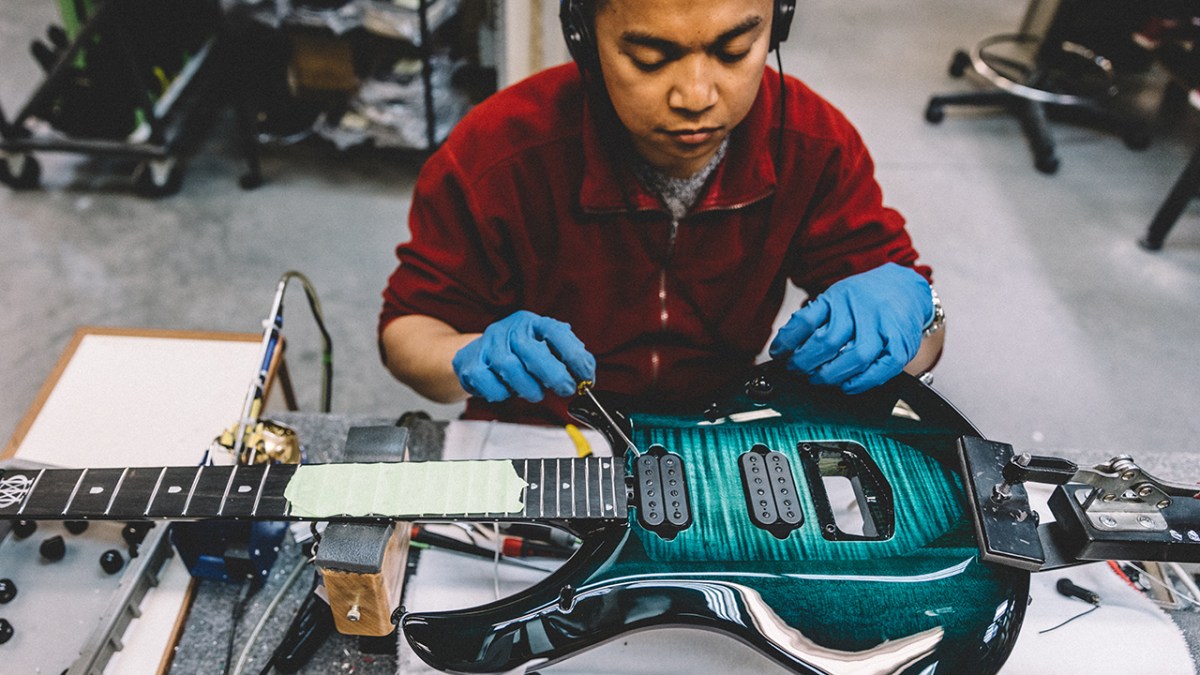TSJMajesty
Rock Star
- Messages
- 5,805
In the context of a pedal (not like computers.) What's it's purpose and what's it do? Sorry if this seems to be a real basic question.
It was also interesting that with the rise came an obsession that led to many questioning the reasoning behind “true bypass” as a marketing reason for pedals. Things seem to have settled nowadays I think.This is why buffers can be slightly controversial at times and this was something that contributed to the rise and popularity of "true bypass" pedals.
Totally. TFFT.It was also interesting that with the rise came an obsession that led to many questioning the reasoning behind “true bypass” as a marketing reason for pedals. Things seem to have settled nowadays I think.
So "true bypass" is like the pedal is not even there (when it's off, of course), except for the cable connections? So when adding several cables between those type of pedals, and the pedals themselves passing signal, you end up with tone suck? Is that right?100% What @the swede already said.
But additionally, it's probably worth mentioning that some buffers are implemented better than others; and whilst it's a simple electronic concept, it is hard to get it done just right. And to implement a buffer really well, it often requires slightly more expensive audio-quality components, which can significantly impact the production cost and final price of a pedal.
Essentially: whilst buffers are implemented to preserve tone, especially over long cable runs; there are bad cheap-ass ones (but not all) that can suck tone.
This is why buffers can be slightly controversial at times and this was something that contributed to the rise and popularity of "true bypass" pedals. It's usually considered more practical to have a pedalboard that is a mixture of true bypass pedals with one or two buffers sprinkled in, especially at the end of a chain before a cable that goes back to the amp.
An example of an excellent buffer on my board would be the Xotic Super Clean.
So "true bypass" is like the pedal is not even there (when it's off, of course), except for the cable connections? So when adding several cables between those type of pedals, and the pedals themselves passing signal, you end up with tone suck? Is that right?
That's what I thought. So what's the thing with active pickups? My understanding is having them in your guitar means you don't get that tone suck with long cables and/or multiple pedals. Is that correct?That's right - adding successive pedals and patch cables is increasing the capacitance of the signal chain; the same as the effect you get when you have a long guitar cable.
I believe active pickups is like a bufferThat's what I thought. So what's the thing with active pickups? My understanding is having them in your guitar means you don't get that tone suck with long cables and/or multiple pedals. Is that correct?
That's kinda the reason for the OP. I've never dealt with buffers or understood what their purpose was, so I suspected it had something to do with the pickups taking care of the issue.I believe active pickups is like a buffer
That's what I thought. So what's the thing with active pickups? My understanding is having them in your guitar means you don't get that tone suck with long cables and/or multiple pedals. Is that correct?
So is a Majesty the same?Ahh... that's getting into a more complicated subject. Not all active pickups are the same.
Active pickups are powered by a battery and come fitted with preamp - they have a low impedance output so there is no loss of high frequencies.
Most active pickups aren't buffered. But some are.
But to complicate things further - my EBMM Cutlass has passive pickups but it does have an output buffer. This is generally a good thing, but because the true impedance load of my guitars pickups aren't directly exposed to the first pedal in the chain, it doesn't work well with many fuzz pedal. So fuzz users tend to really dislike guitars like the Cutlass.
Yep. I love 'em!Ahh...I see. I've just noticed the Majesty in your avatar @TSJMajesty , so you're an EBMM owner too?
How did you learn that the Cutlass has one? I don't recall seeing it mentioned on their site, although I could have missed it.I don't know much about the specs of your particular guitar, but it might use a buffer. I don't know off the top of my head.
Yep. I love 'em!
How did you learn that the Cutlass has one? I don't recall seeing it mentioned on their site, although I could have missed it.



No man, that helps. Thanks!I'm sorry that I don't know anything more about your exact model, but perhaps another Majesty owner can chime in.
it converts high impedance to low impedance so you can drive long cable runs without losing signal and clarity.In the context of a pedal (not like computers.) What's it's purpose and what's it do? Sorry if this seems to be a real basic question.
